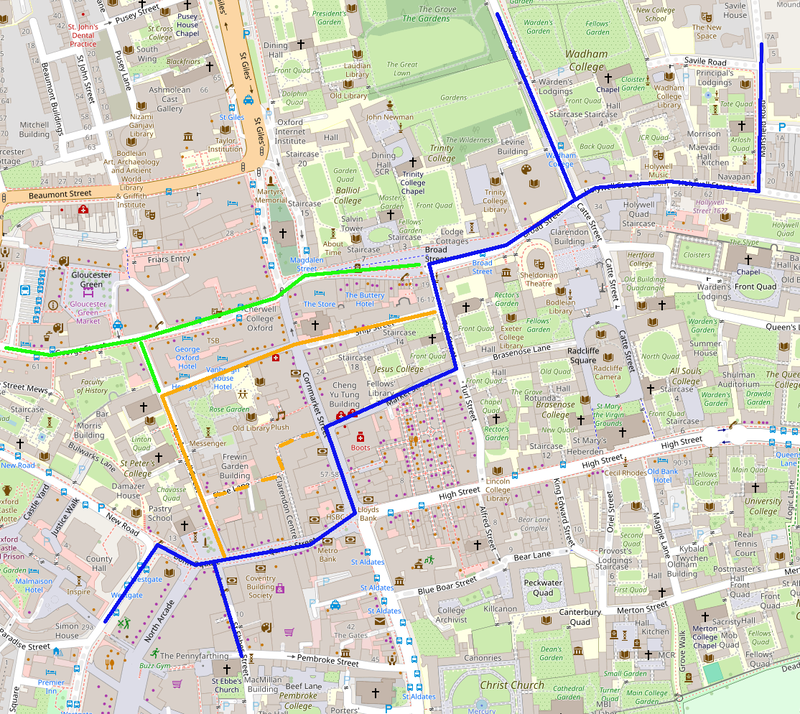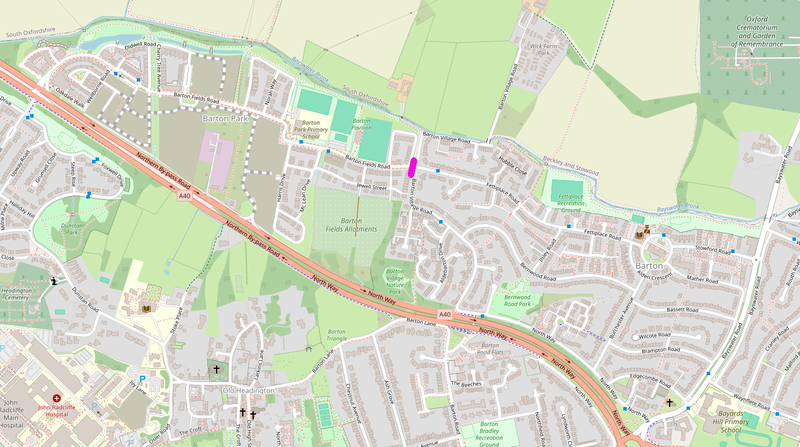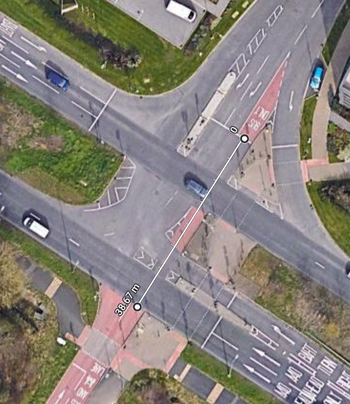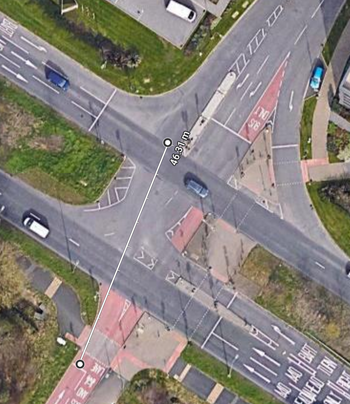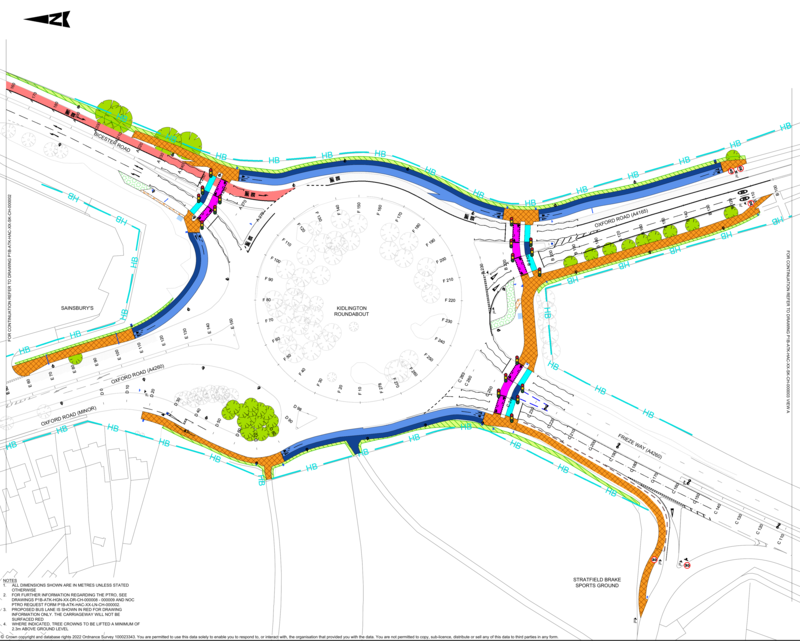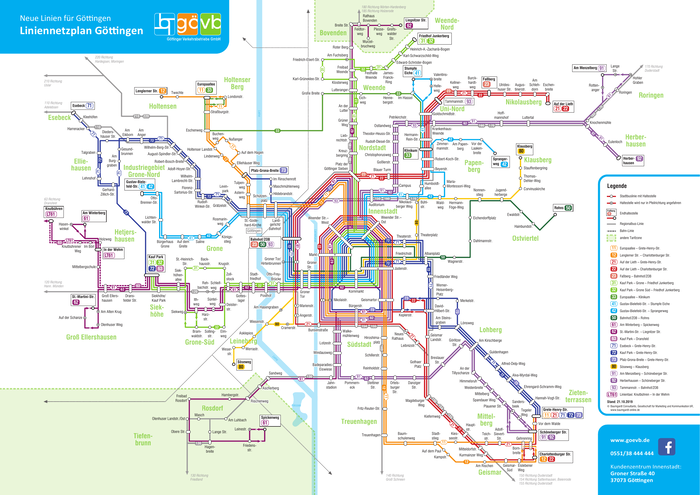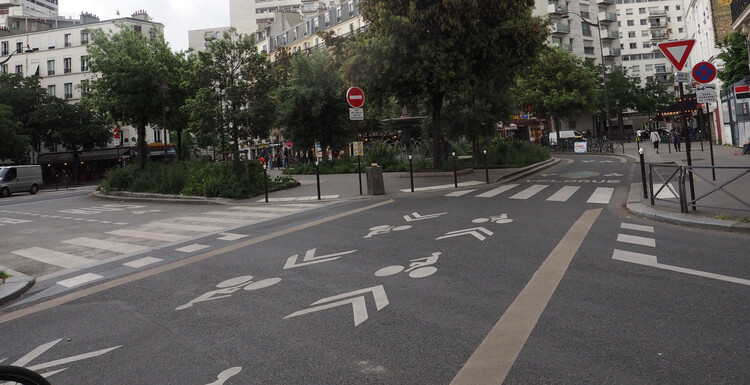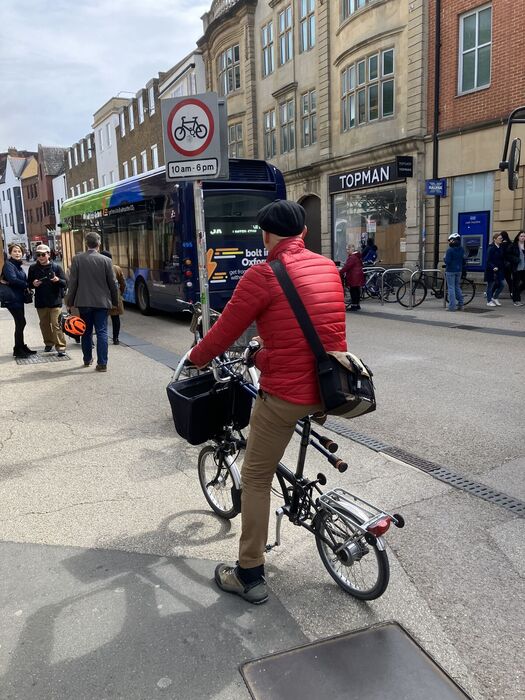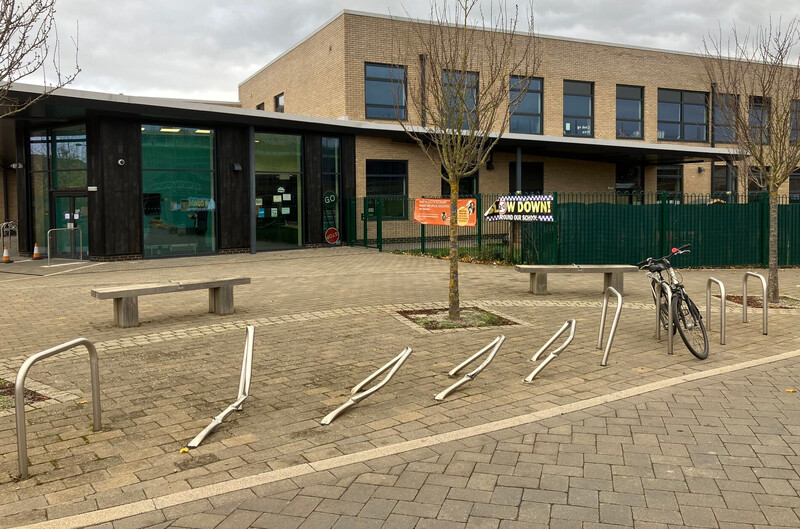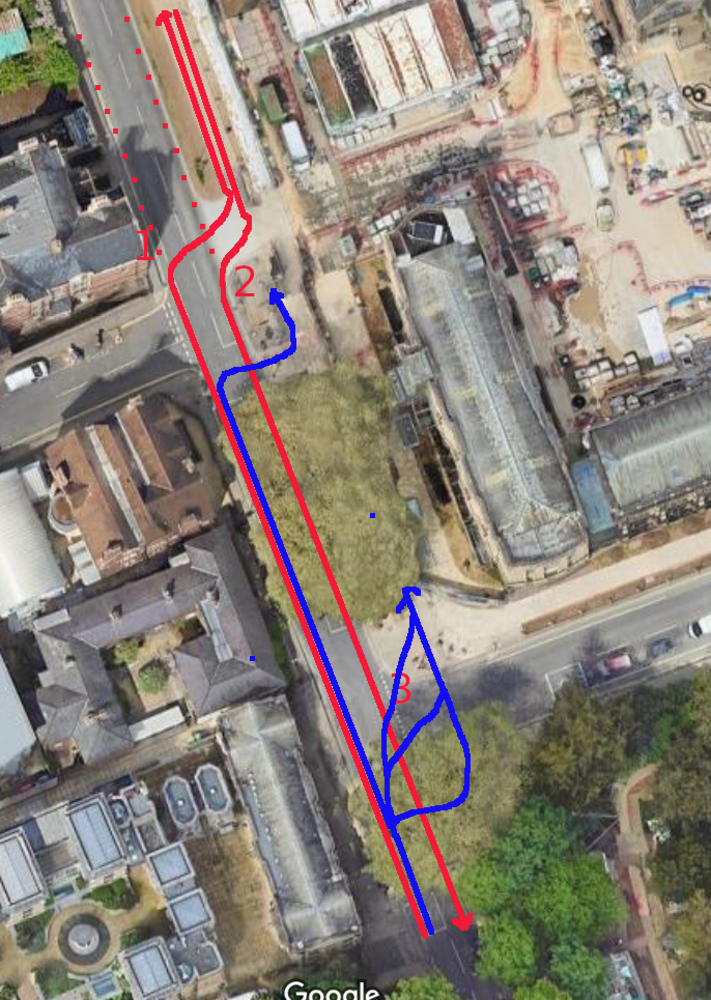congestion charge / traffic filter misconceptions
Most of the questions about Oxford's proposed traffic filters and congestion charge are covered in the consultation FAQ, but here are a few that aren't:
- Isn't it pointless putting traffic filters on St Cross St, Hythe Bridge St, or Thames St, because there are hardly any buses there?
- All the traffic going through the St Cross filter is also going over Magdalen Bridge, which is the busiest bus route in the entire United Kingdom. All the traffic on Hythe Bridge St is traversing Frideswide Square, which is a major bus route, and most of it is also going through St Giles. And all the traffic on Thames St is also using Abingdon Rd, which is a major bus route. All of these routes also suffer significant congestion. (more…)

